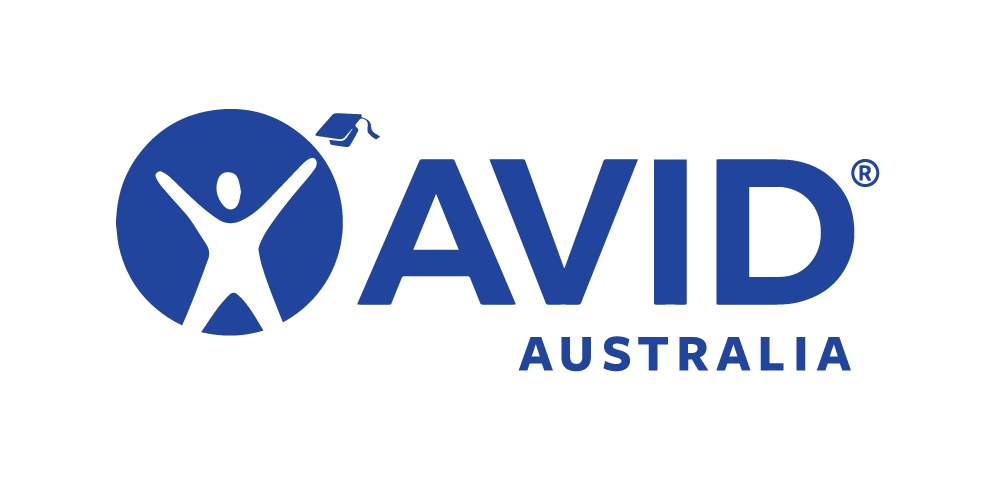Mathematics Methods is an ATAR course which focuses on the use of calculus and statistical analysis. The study of calculus provides a basis for understanding rates of change in the physical world, and includes the use of functions, their derivatives and integrals, in modelling physical processes. The study of statistics develops students’ ability to describe and analyse phenomena that involve uncertainty and variation.
Prerequisites:
Minimum is an A or a B grade in Year 10 Pathway A Mathematics.
Syllabus:
The Year 11 syllabus is divided into two units, each of one semester duration, which are typically delivered as a pair. The notional time for each unit is 55 class contact hours.
Unit 1
Unit 1 contains the three topics:
- Functions and graphs;
- Trigonometric functions; and
- Counting and probability.
Unit 1 begins with a review of the basic algebraic concepts and techniques required for a successful introduction to the study of functions and calculus. Simple relationships between variable quantities are reviewed, and these are used to introduce the key concepts of a function and its graph. The study of probability and statistics begins in this unit with a review of the fundamentals of probability, and the introduction of the concepts of conditional probability and independence. The study of the trigonometric functions begins with a consideration of the unit circle using degrees and the trigonometry of triangles and its application. Radian measure is introduced, and the graphs of the trigonometric functions are examined and their applications in a wide range of settings are explored.
Unit 2
Unit 2 contains the three topics:
- Exponential functions;
- Arithmetic and geometric sequences and series; and
- Introduction to differential calculus.
In Unit 2, exponential functions are introduced and their properties and graphs examined. Arithmetic and geometric sequences and their applications are introduced and their recursive definitions applied. Rates and average rates of change are introduced and this is followed by the key concept of the derivative as an ‘instantaneous rate of change’. These concepts are reinforced numerically (by calculating difference quotients), geometrically (as slopes of chords and tangents), and algebraically. This first calculus topic concludes with derivatives of polynomial functions, using simple applications of the derivative to sketch curves, calculate slopes and equations of tangents, determine instantaneous velocities, and solve optimisation problems.
Assessments:
Response: 40%.
Investigation: 20%.
Short and Extended Responses: 30%.
Examination: 40%
More Information:
For further information regarding this course click here.












